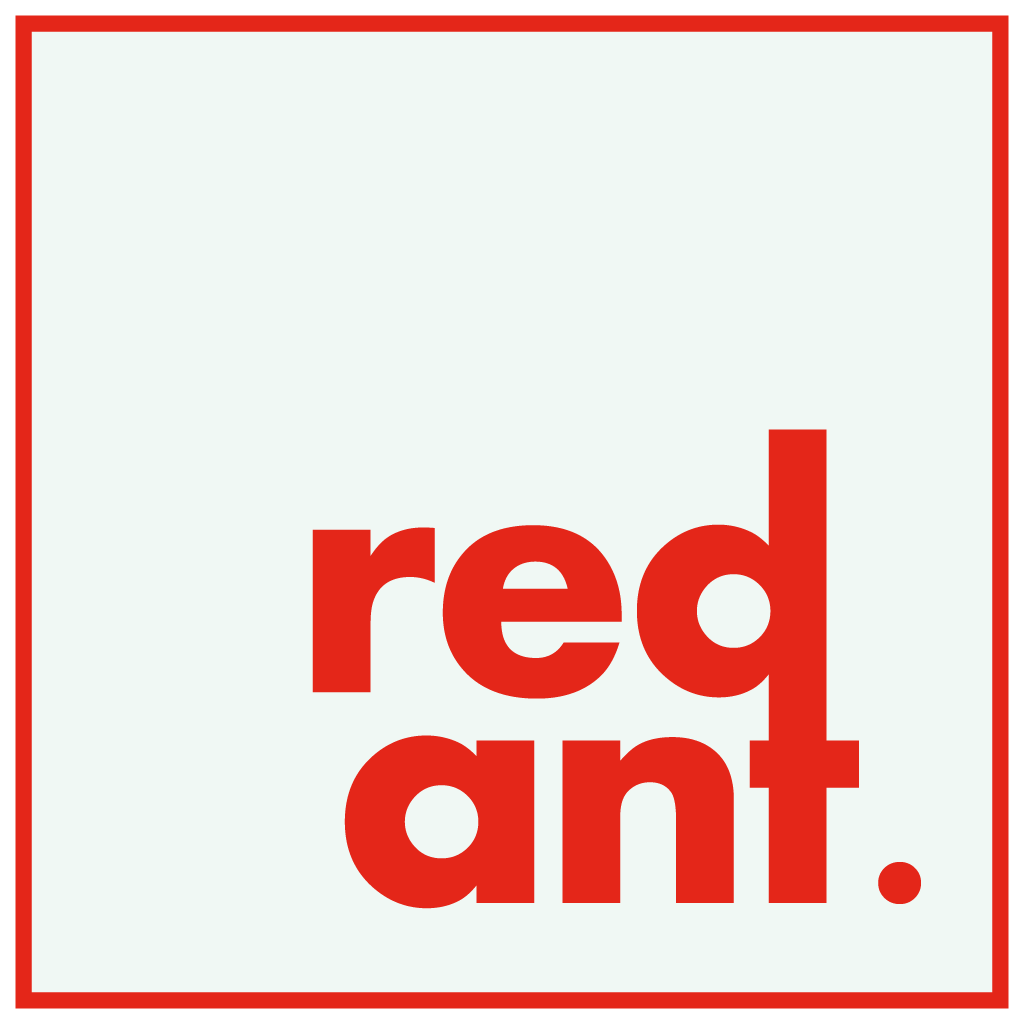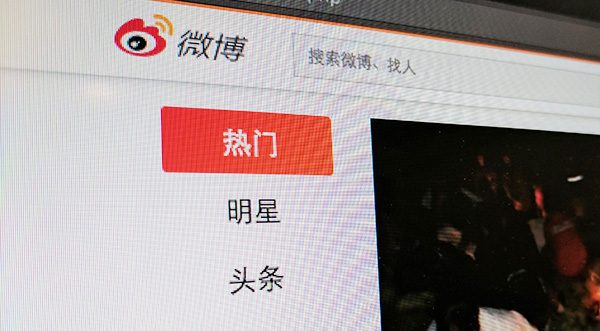Weibo – China’s Twitter on Steroids
August 24, 2020400 million registered users, ad revenue from Coca-Cola, Louis Vuitton, and Unilever, members including Brad Pitt, Justin Bieber, and Bill Gates – so what is Weibo, and why are so many big names getting in on the act?
Weibo (Chinese for “microblog”) has, over the past two years, become a synonym for one particular service – Sina Weibo. Launched by SINA Corporation in August 2009, the service has quickly grown to become China’s biggest microblog platform and the dominant player in the market.
Handle with care
It is easy to be overwhelmed by the sheer scale of social network use in China – but it’s important to validate the big numbers before making decisions.
Here’s a simple example:
In November 2012, Sina Weibo announced it had more than 400 million registered users. However, CNNIC suggests 309 million Chinese are actively using microblogging services in China, across all platforms.
Sina Weibo’s market share differs from source to source and ranges between 55 percent and 90 percent – for this example, let’s assume 75 percent. That means that 232 million active microblog users are using Sina Weibo in China.
So who are the other +/-170 million registered users on Sina Weibo?
Zombies. Not all of them of course, as on every social network you will find users that register but do not like the service and never come back. However, zombie followers are big in China. To some extent, this is because big names are expected to have large numbers of followers, so they have been known to buy fake followers to kick off brand promotion. Another driver is foreign brands with high expectations based on limited knowledge of the Chinese market, and the demanding KPIs given to their China-based teams.
Making it pay
Sina Weibo is at a stage that every social network reaches at some point: how can all this information, data, and access to consumers be converted into cash? In pursuit of its own Holy Grail, Weibo has developed a variety of advertising options and is actively pushing them to market with costs that might surprise you.
However, it’s important to note that Sina Weibo has one substantial cost driver that Twitter just does not need to think about: censorship. Chinese authorities require Sina Weibo to implement the same monitoring and censorship as all other media channels in China – only they have to do it in real time, with millions of users.
This means that the need to find ways to secure a stable flow of income has pushed Weibo to try a variety of methods for opening up new revenue streams.
Mobile ads
More than 60 percent of Sina Weibo’s user base accesses the service via mobile phone, which rivals Twitter’s 61 percent.
Sina Weibo currently offers one advertising option in its mobile app, which comes in the form of a banner on top of the news feed – and at a substantial cost.

Web app ads
Sina Weibo has developed a variety of advertising options for its web application, which is currently used by 91.9 percent of users for an average of 5.8 hours daily – almost one hour more than the Twitter average.
Sina Weibo’s millions of users are not all online every day, but disclosed numbers show that 10 percent of those are considered daily active users. So, advertising on Sina Weibo has significant reach and engagement potential:
Ad on login page

The login page offers the option to place a large banner ad that users see when signing in.
Ad as bottom banner under news feed

Recommended accounts ad

Brands opting for this feature will appear in the right navigation bar of a user’s news feed. One sponsored account appears at a time – the other recommended accounts are based on users’ interests on Weibo.
Micro interview page
Accounts with 10,000+ followers can opt for this virtual interview page within the network that enables users to directly engage with a brand/spokesperson. The brand is required to answer questions quickly – this feature is limited to one hour.

Costs
In line with Weibo’s strategy to monetize brand content wherever possible, naturally all of these options come at a cost. Prices depend on position, frequency, and number of followers, and range from RMB 150,000 (US$24,000) for advertising on their mobile app to RMB 10 (US$1.50) a month for an ad on a recommended account. And it’s important to remember that some options require a deposit, which can be as much as RMB 20,000 (US$3,000).
New products
In the summer of 2012, Sina Weibo added paid-for VIP membership that offers identity recognition via a VIP icon and specific templates, the ability to follow more than 2,000 users, plus additional mobile features and security improvements to status seekers and platform loyalists.
Its latest product seems to be opening up new ground in the form of a professional network. Adding some relevant features to the Weibo platform such as searching for companies and “opportunities,” this has great potential to quickly outplay LinkedIn and other local networks in the market once fully launched.
Is Weibo still the platform?
At one point Sina Weibo might have lost a little of its initial glamour, but its growing popularity among international celebrities such as Brad Pitt, Paris Hilton, and Justin Bieber has helped to restore its reputation. Brands should be ready to get involved – Weibo is an evolving platform, it has a substantial user base, and being part of the platform with a verified brand account is free, which is not a given in China. It is important to keep a close eye on follower growth on the platforms, the conversations started, and what content users react to. Sina Weibo provides direct access to consumers, so doing it right will help your brand to build up an important pillar in any China-focused digital strategy.
Elisa Harca is the regional director of Red Ant Asia.

